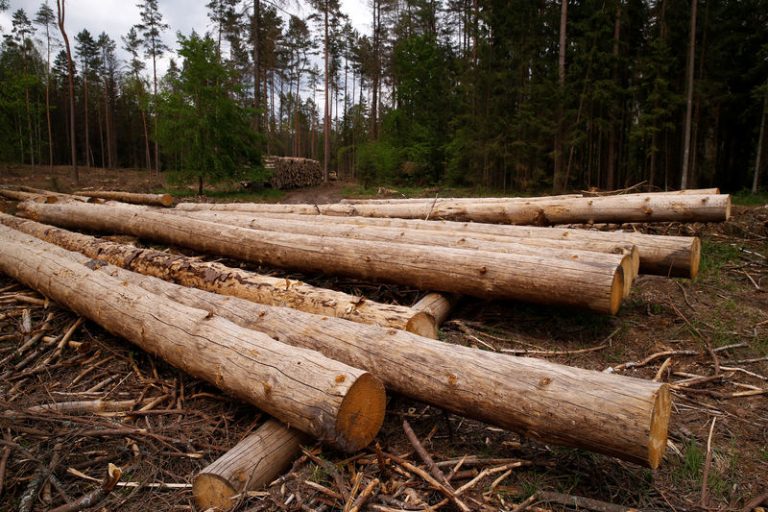© Reuters. FILE PHOTO: Turbines of the WindFloat Atlantic Project, a floating offshore wind-power generating platform, are seen 20 kilometers off the coast in Viana do Castelo, Portugal, September 23, 2021. Picture taken September 23, 2021. REUTERS/Violeta Santos Mo
(Reuters) – Government targets to increase wind power installations would see annual capacity additions reach 80 gigawatts (GW) per year by 2030, requiring $100 billion in secured investment in the supply chain by 2026, Wood Mackenzie said in a report.
The research and consultancy firm forecast annual capacity is more likely to increase by 30 gigawatts (GW) a year by 2030, which would require $27 billion of secured investment by 2026.
“The supply chain is struggling to scale up and will be an impediment to achieving decarbonisation targets if change does not happen,” said Chris Seiple, vice chair, power and renewables at Wood Mackenzie.
“Nearly 80 GW of annual installations to meet all government targets is not realistic, even achieving our forecasted 30 GW in additions will prove unrealistic if there isn’t immediate investment in the supply chain,” Seiple said.
Wood Mackenzie noted that the low profit margins on offshore wind production and uncertainty about project timings resulting in very different supply-chain needs are making it hard to drum up investment in the sector.
According to the Statistical Review of World Energy report in June, global wind and solar power grew to a record share of 12% of power generation last year, surpassing nuclear.
Target setting and plans for power market infrastructure to support offshore wind need to extend beyond 2030 to scale up the offshore wind supply chain, analysts at Wood Mackenzie said.
(This story has been corrected to say that an investment of $100 billion, not $27 billion, would be required by 2026 in the headline and paragraphs 1 and 2)
Read the full article here









